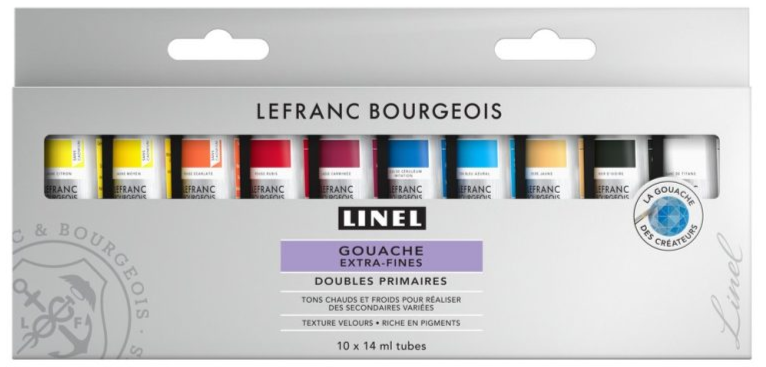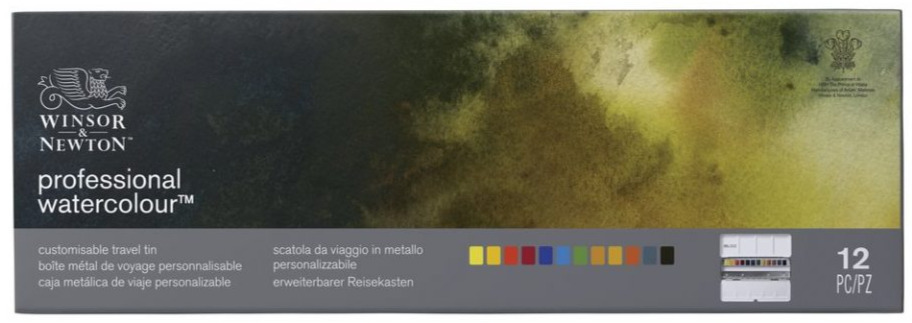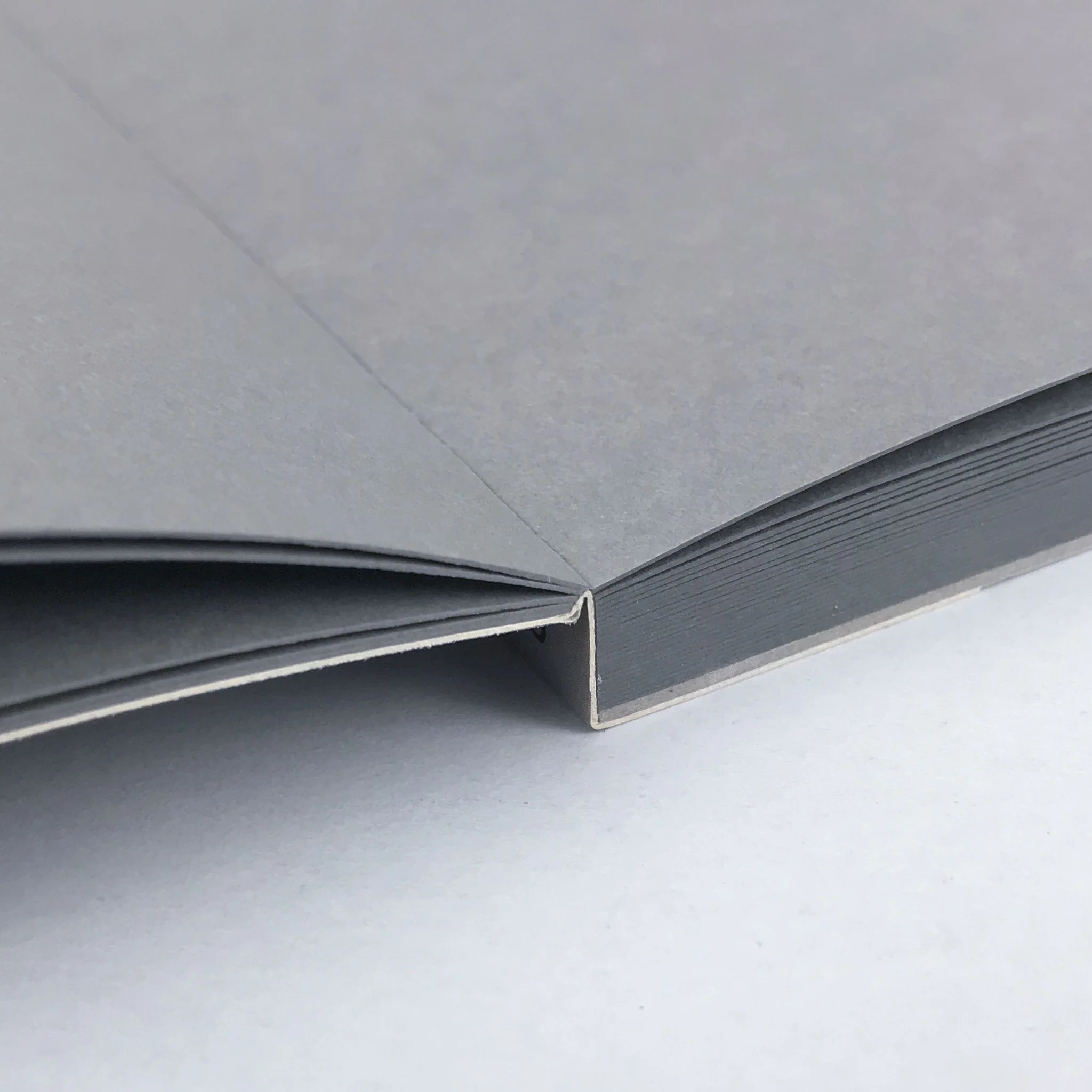Unveiling the Palette: Materials for Gouache Jewelry Drawing - Part 1
- Berke
- Feb 25, 2024
- 4 min read
Updated: Mar 28, 2024
Welcome, art enthusiasts! When it comes to jewelry illustrations, picking the right materials is key to making your designs shine. So today let´s dig a little deeper into the fundamentals for drawing jewelry in part one of this two-part blog series. This blog has been a concept since November last year, and since many of you asked, I will share the materials that I use most often and the ones that have become my favorites. In today's blog, we'll chat about the paints, paper, and rulers I use. Stay tuned for part two, where I spill the beans on my favorite pencils, brushes, and containers.
1. Quality Gouache Paints
As with design in general, the essence of any gouache jewelry illustration lies in the quality of the paints. When you can afford it, investing in artist-grade gouache paint is recommended, as they offer a more rich and vibrant color palette. This way you can be sure that gemstones sparkle, and metals shine authentically. While using preassembled gouache packages with the basic colors are perfectly fine too. My advice would be to purchase some gouaches separately that resonate specifically with certain gemstones and metals.
Throughout my years as a jewelry designer and before, I've experimented with many gouache paints from different brands. However, my top choice remains the gouaches from LEFRANC & BOURGEOIS. With their LINEL Gouache collection, they also address the needs of a jewelry designer. The colors in this collection are specially crafted to complement specific gemstones, making it a perfect choice for creating stunning jewelry illustrations. And there prepacked gouache color range for jewelry artists is easy to spot by the drawn gemstone on their packaging. Here some paints I think should definitely be in your drawing kit.
Gouache paints: Winsor & Newton Gouache
Permanent White
LEFRANC & BOURGEOIS | LINEL Gouache
Ultramarine Light (a perfect color for painting sapphires)
Azure Blue Tone (a great choice for painting aquamarines)
Pick Ochre (a must-have shade for painting rose gold)
Emerald Green Tone (as the name suggests, it's the perfect color for painting emeralds)
While the term "gouacheuse" or "gouacheur" might suggest using only gouache paints in traditional jewelry design, it's worth noting that when drawing jewelry, watercolors can also be used. This is particularly useful for adding different hues to gemstones.
Watercolor paints:
Winsor & Newton Professional Water Colours
Paynes Gray (the best secret color for painting diamonds)
Winsor Violet (Dioxazine) (the best color for painting amethysts, also available in gouache paint)
If you're looking for a budget-friendly alternative in watercolors, I suggest trying the Koh-i-noor discs. However, I have noticed that the consistency can be a bit grainy with certain colors.
2. Smooth, Heavyweight Paper
When selecting paper for your gouache work, opt for a robust and smooth surface paper. Because heavyweight paper is crucial to prevent warping, enabling you to layer colors without compromising the integrity of your artwork. While there are various shades of gray (maybe even 50) paper available, the choice often depends on the specific jewelry brand you are collaborating with and what their preference is.
One recommendation for making drawing practices at home is the Clairefontaine - Paint On Mixed Media Block A4 in gray with 30 pages. Having a block of gray paper is not only convenient but also ensures a tidy and organized workspace compared to loose gray papers.
3. Tracing paper
When it comes to designing jewelry, tracing paper is an useful tool. Oftentimes, you might find that you're satisfied with one aspect of your design but not entirely pleased with the rest. Instead of repeatedly erasing and potentially losing elements you like or damaging your paper, tracing paper offers a more efficient solution. It provides the flexibility to build upon your design, experiment with variations, or, if needed, create mirrored images for symmetry. The versatility of tracing paper is beneficial in the creative process of refining intricate jewelry designs.
Since tracing paper is commonly used as an additional tool and is discarded after using it, it's worth noting that there's no particular need to opt for high-end brands or expensive options. Budget-friendly alternatives work just as well. 4. Precision Rulers and Compass
When sketching and designing jewelry, rulers and templates are indispensable tools. Even though I like the old-school way of drawing each gemstone by hand (yeah, I know, I'm making it a bit harder for myself), I still keep gemstones templates in my toolkit. When it comes to rulers, I often use a protractor. Nowadays, there's a vast array of gemstone templates available, but one tool that I absolutely cannot do without is my caliper.
Perhaps it stems from my roots as an actual goldsmith, but a caliper, in my view, is a designer's best friend when drawing final technical drawings. It also quite often serves as a substitute for my ruler for when i have to draw straight lines.
Conclusion
As a novice jewelry designer, I understand that the path to discovering the right materials can be lengthy, and even for experienced designers, there's a ongoing quest for new information about materials. With these essential materials in hand, you are well-equipped to create captivating jewelry illustrations using gouache. Explore colors, textures, and techniques to capture the allure of gemstones and the intricate details of metals. Having the right materials is the initial step in bringing your jewelry renders to life.
_edited.png)







